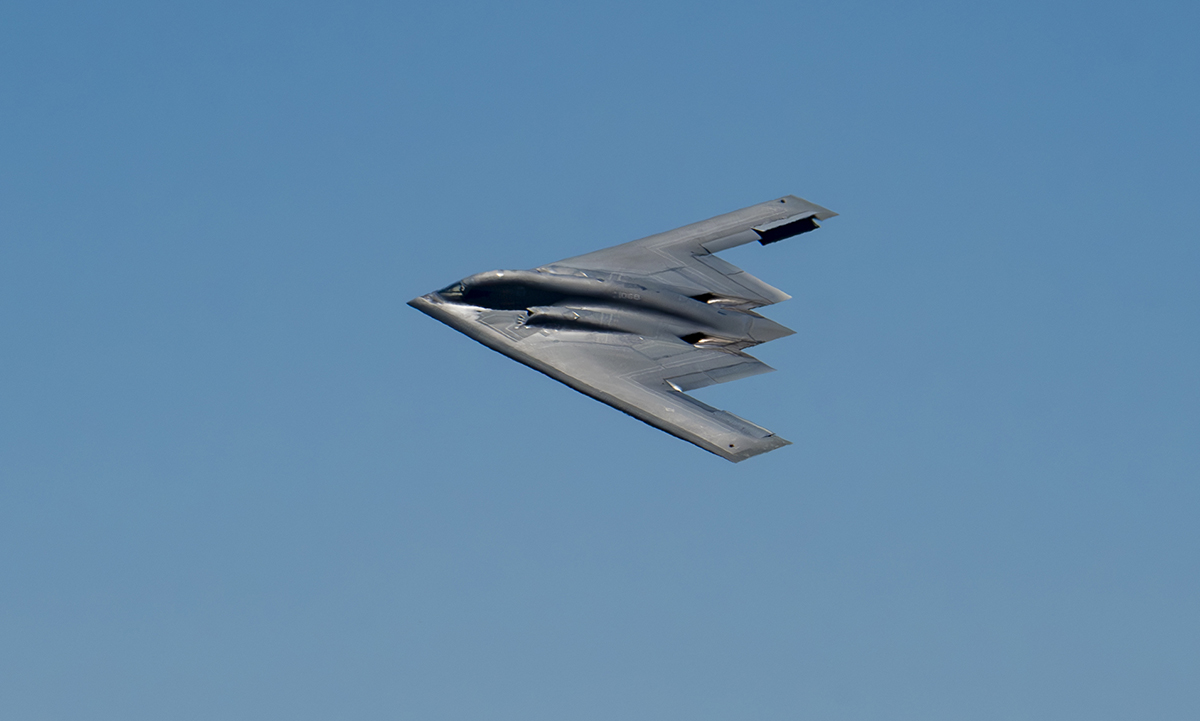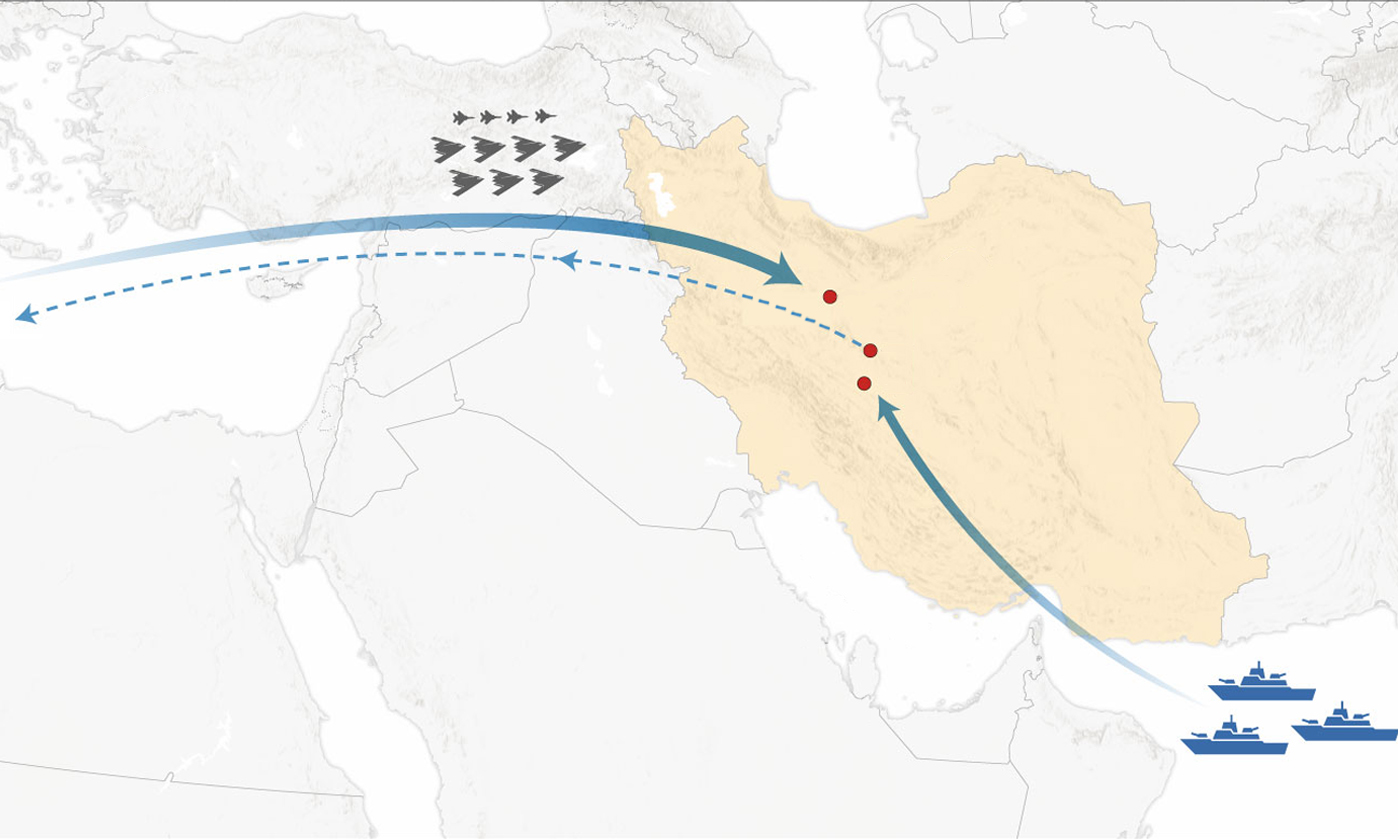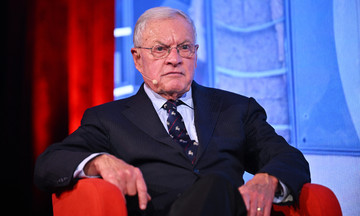In the early morning hours of 22/6, the US military launched Operation Midnight Hammer, deploying its largest-ever fleet of B-2 strategic bombers to strike Iranian nuclear facilities. US officials stated the 37-hour operation was the B-2's longest mission since 2001.
Robert Spalding, a retired Air Force brigadier general and former senior director for strategic planning on the National Security Council, said Operation Midnight Hammer was executed "perfectly" according to the battle plan he helped develop years earlier.
Spalding, now a senior fellow at the Hudson Institute, explained that planning the strike required over a decade of preparation, including extensive research into the weapon systems and meticulous operational planning.
 |
B-2 bombers during a training exercise in California, USA, July 2023. Photo: USAF |
B-2 bombers during a training exercise in California, USA, July 2023. Photo: USAF
According to Spalding, a key element of the plan was secrecy. The US Air Force would send a squadron of bombers to Guam as a diversionary tactic, misleading both the public and Iran.
"Concealing such an operation is more challenging in today’s interconnected world," Spalding said. "With smartphones and flight-tracking websites, we had to consider every data point that could give us away."
The B-2's flying-wing design makes it difficult for radar to detect, making it ideal for this mission. While Israel had weakened Iran’s air defenses, the B-2's stealth capabilities were crucial to the mission’s success, Spalding explained.
 |
The 37-hour flight path of the B-2 bombers striking Iran. Click for details. |
The B-2 bombers flew from the US, crossing the Atlantic and Mediterranean, entering Iranian airspace to drop their bombs, and then returning. The extended flight time presented unique challenges for the crews.
"The pilots had to conduct six or seven aerial refuelings, each lasting 30 minutes," Spalding stated. "They adhered to strict dietary and sleep regimens before and during the flight to ensure alertness during critical moments."
On 21/6, the US deployed over 125 aircraft, including seven B-2 bombers, to attack the Fordow and Natanz nuclear facilities. Warships also launched Tomahawk missiles at the Isfahan facility. Fordow and Natanz reportedly suffered significant damage from 14 GBU-57 bunker-buster bombs.
In retaliation, the Islamic Revolutionary Guard Corps (IRGC) announced on 23/6 that it had launched missiles at US bases in Iraq and Qatar. However, the attack was largely symbolic. US President Donald Trump subsequently announced a ceasefire agreement between Iran and Israel, ending the conflict.
Nguyen Tien (According to ABC, AFP, AP)












